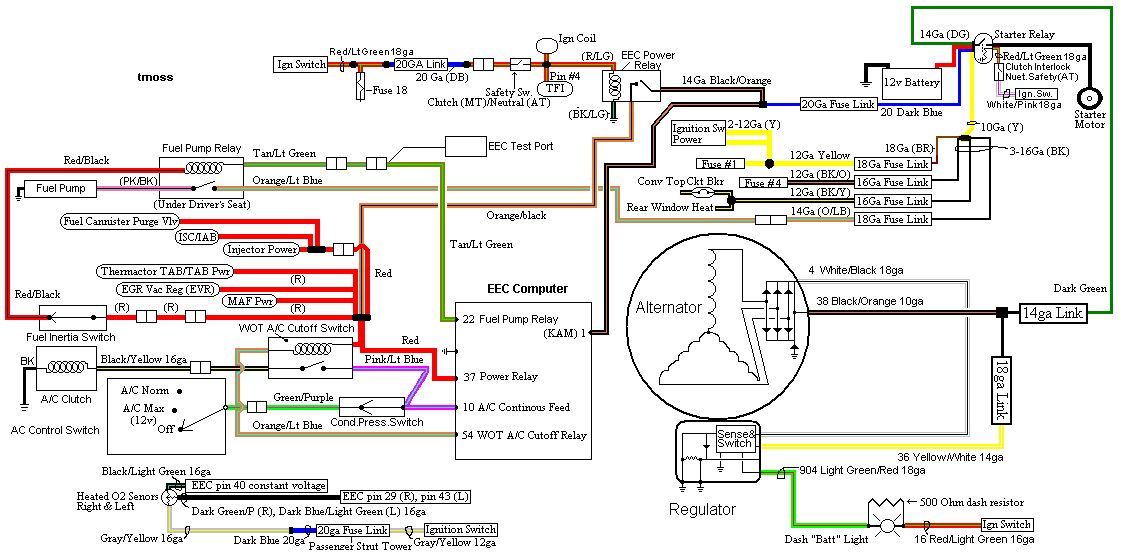I'm still having voltage problems with my mustang. i have a 3g on the car. voltage is fine when the car is warm and at idle, almost a bit on the low side, but whent here is load put on the car or the car is cold the voltage is way up at the top of the guage and about half the time the amp light is blinking. alternator is new ( bought it 2 days ago cuz my other one died) what can cause such high voltage?? i thought the regulator at first but its a new alt. its getting so bad it blew out my high beams when i turned them on. ( on a side note if my high beams dont work but my low beams do, replacing the bulbs will fix this right?)
thanks in advance for any help, im at my wits end with this one
J
thanks in advance for any help, im at my wits end with this one
J



